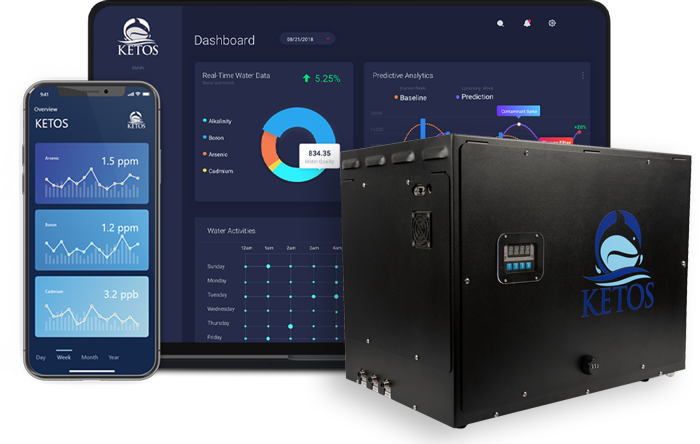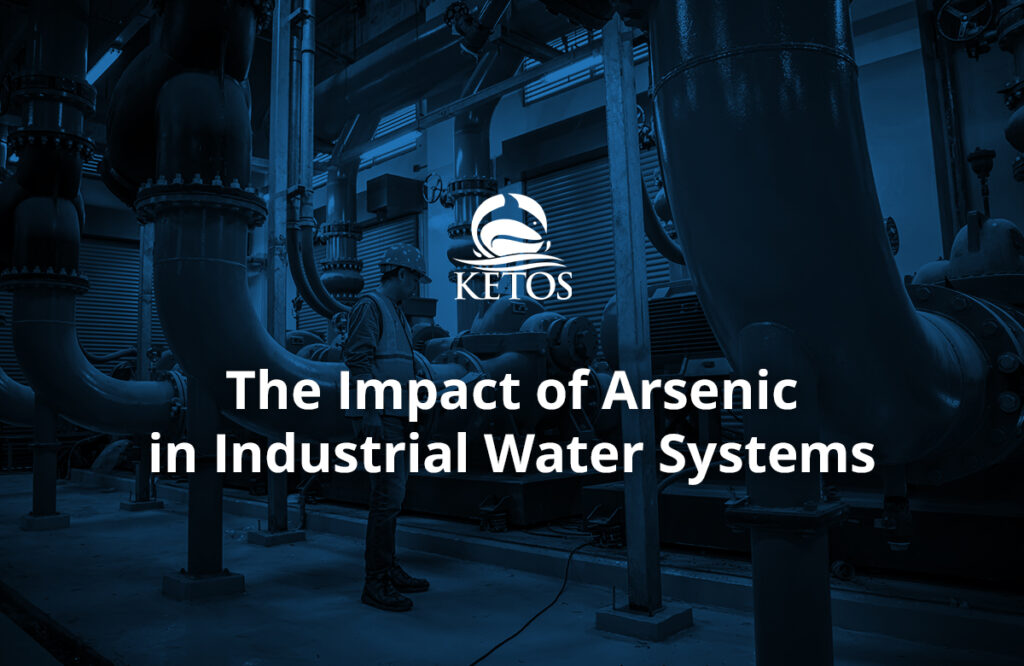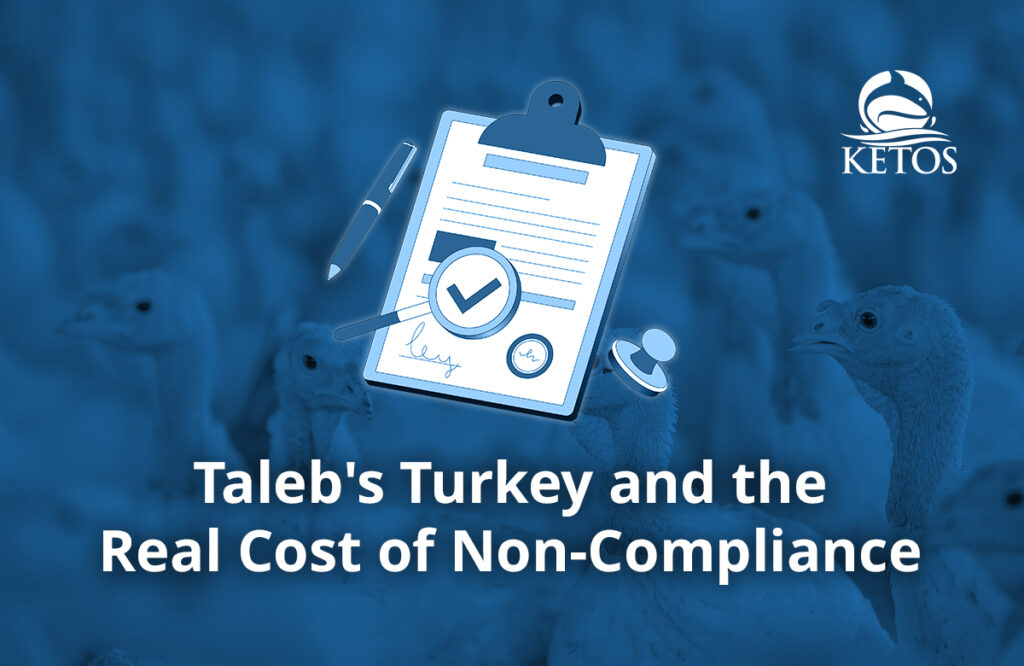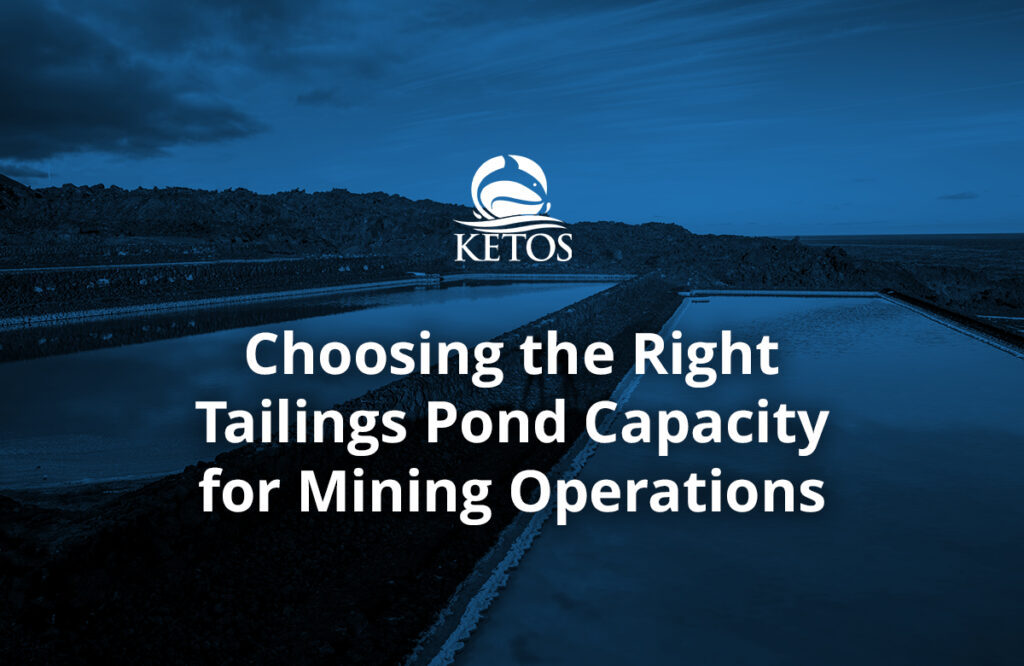Water wells are vital sources of clean water for millions of Americans. A single well can provide water for up to 500 people daily. Keeping these water sources safe and clean is a top priority. Water well monitoring systems play a key role in this task. These systems can detect harmful substances, including potassium in wastewater, before they become major issues. They work non-stop to safeguard our water supply. Water well monitoring systems make sampling faster and more efficient. They also enable remote sensing water quality monitoring, allowing experts to check water quality from distant locations. These advanced tools are transforming water protection methods, ensuring safer and more reliable water sources for communities across the country.
1. Real-Time Data Collection and Analysis
Water well monitoring systems provide continuous, real-time data collection and analysis. This capability allows for immediate detection of changes in water quality parameters, including:
Real-time monitoring enables quick responses to potential issues, reducing the risk of contamination and ensuring water quality standards are consistently met. For example, in Hamilton County, Indiana, INTERA implemented a real-time groundwater monitoring system for 50-60 wells. This system provides immediate insights on aquifer withdrawals, discharges, and seasonal precipitation effects.
The data collected will help water users understand how the aquifer system works, allowing them to better manage the water supply as the population grows. This proactive approach ensures that potential water quality or quantity issues can be addressed promptly, safeguarding the county’s water resources for future generations.
2. Enhanced Efficiency in Water Well Sampling
Traditional water well sampling methods often involve manual collection and laboratory analysis, which can be time-consuming and labor-intensive. Modern water well monitoring systems streamline this process by:
- Automating sample collection
- Providing on-site analysis for many parameters
- Reducing the need for frequent site visits
- Minimizing human error in sampling procedures
This enhanced efficiency not only saves time and resources but also allows for more frequent sampling, leading to a more comprehensive understanding of water quality trends over time.
3. Remote Sensing Water Quality Monitoring
One of the most significant advantages of modern water well monitoring systems is their ability to perform remote sensing water quality monitoring. This feature allows operators to:
- Access real-time data from anywhere with an internet connection
- Monitor multiple wells simultaneously
- Receive alerts for abnormal readings or potential issues
- Adjust monitoring parameters remotely
Remote sensing capabilities are particularly valuable for managing wells in remote or hard-to-reach locations, ensuring consistent monitoring without the need for frequent on-site visits.
4. Early Detection of Contaminants
Water well monitoring systems excel at early detection of various contaminants, including potassium in wastewater. This early warning system is crucial for:
- Preventing widespread contamination;
- Protecting public health;
- Ensuring compliance with water quality regulations; and
- Maintaining the integrity of water supply systems.
By detecting issues early, water managers can implement corrective measures promptly, potentially avoiding costly remediation efforts and minimizing the impact on water users.
| Contaminant | Potential Source | Health Implications |
| Potassium in wastewater | Industrial discharge, agricultural runoff | Can indicate presence of other harmful substances |
| Nitrates | Fertilizers, septic systems | Can cause methemoglobinemia in infants |
| Bacteria (E. coli) | Fecal contamination | Gastrointestinal illness |
| Heavy metals | Industrial processes, natural deposits | Various health effects, including organ damage |
Early detection is criticalt in the event of a storm or other natural disaster. When there is a possibility of a water well being contaminated, reliable power back up systems ensure that remote water monitoring systems can stay up and running – even if the power grid is down. This ensures that clean, sanitary, and safe water is available to consumers when it is most needed.
5. Improved Water Resource Management
Continuous monitoring through water well systems provides valuable data for improved water resource management. This data helps in:
- Optimizing water extraction rates;
- Predicting and preventing aquifer depletion;
- Managing water distribution more effectively; and
- Planning for future water needs.
By having access to comprehensive data on water quality and quantity, decision-makers can develop more sustainable water management strategies, ensuring long-term availability and quality of water resources.
6. Cost-Effective Long-Term Monitoring
While the initial investment in a water well monitoring system may seem significant, it offers substantial cost savings over time. These savings are realized through:
- Reduced labor costs for manual sampling.
- Fewer trips to remote well sites.
- Decreased reliance on laboratory testing.
- Prevention of costly contamination incidents.
- Extended well life through better management.
The long-term cost-effectiveness of these systems makes them an attractive option for both small-scale well owners and large water management organizations.
7. Compliance with Regulatory Requirements
Water quality regulations are becoming increasingly stringent, and compliance is crucial for well operators. Water well monitoring systems help ensure compliance by:
- Providing accurate, consistent data for reporting.
- Automating the collection of required water quality parameters.
- Generating comprehensive reports for regulatory submission.
- Alerting operators to potential compliance issues before they become violations.
This automated approach to compliance not only reduces the risk of penalties but also simplifies the reporting process, saving time and resources for water management professionals.
Implementing Advanced Water Monitoring Solutions with KETOS
Water well monitoring systems offer significant advantages, from improving water well sampling to enabling remote sensing water quality monitoring. At KETOS, we’ve developed a comprehensive solution to meet these growing water management challenges.
The KETOS Smart Water Intelligence Platform offers:
- Real-time monitoring of over 30 water quality parameters, including potassium in wastewater.
- EPA-compliant testing methods for reliable results.
- Automated reporting and alerts for quick response.
- Predictive analytics to anticipate and prevent issues.
- A cost-effective annual service fee model with zero upfront capital expenses.
Our technology empowers water operators to revolutionize their approach to water quality monitoring. The KETOS platform ensures efficient, compliant, and sustainable water management practices while seamlessly integrating with existing systems.
As water quality concerns grow, investing in advanced monitoring systems is crucial. KETOS provides water managers with the tools to overcome challenges, safeguard public health, and maintain long-term water resource viability. Choose KETOS to stay ahead in water quality management and protect our most valuable resource. Contact us for more information about our advanced water quality monitoring systems today.
